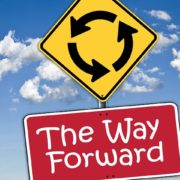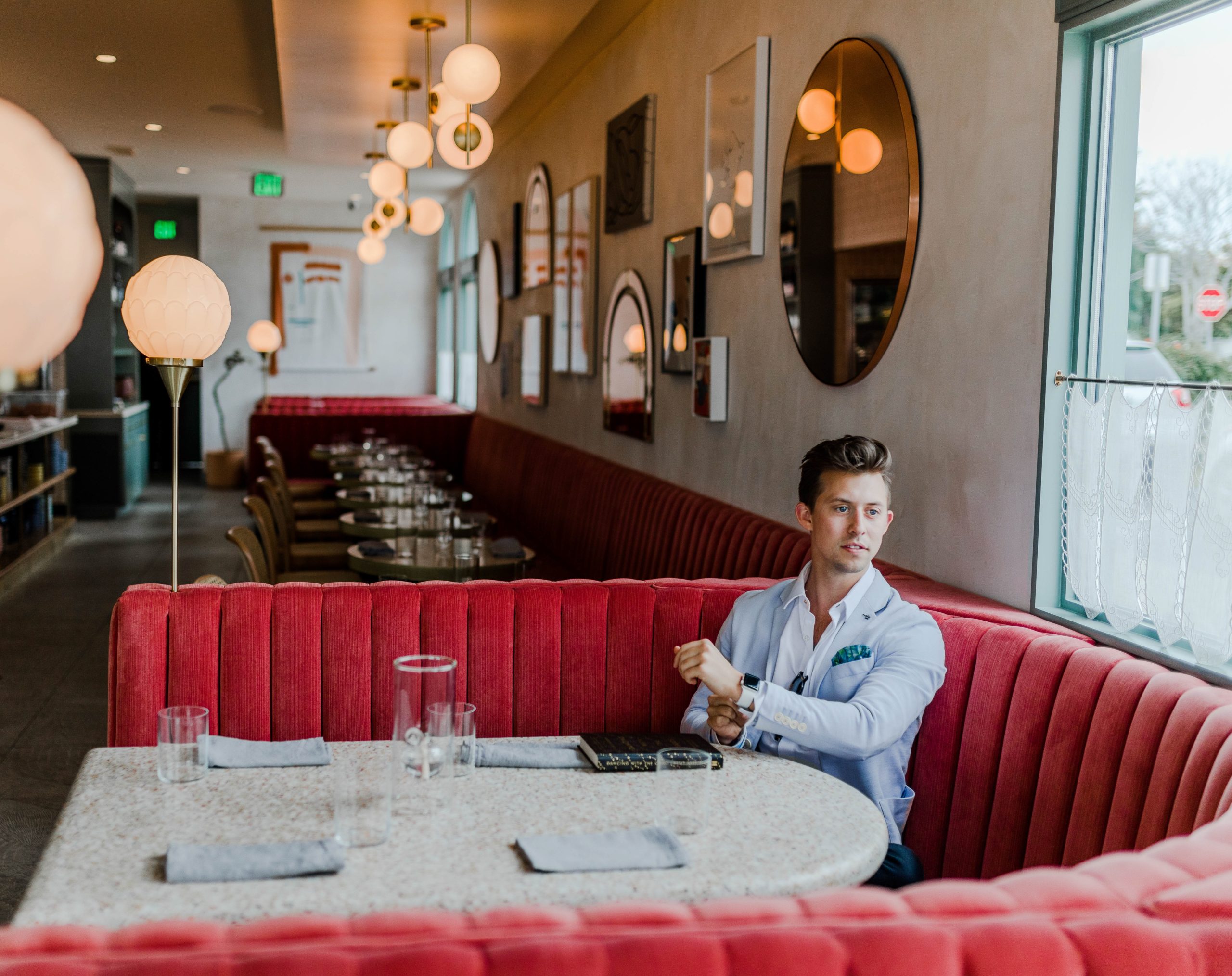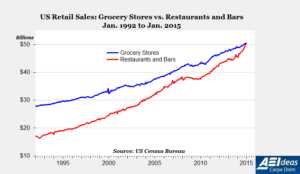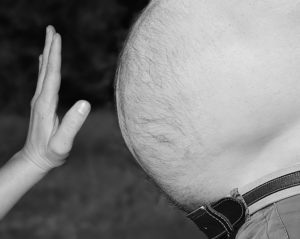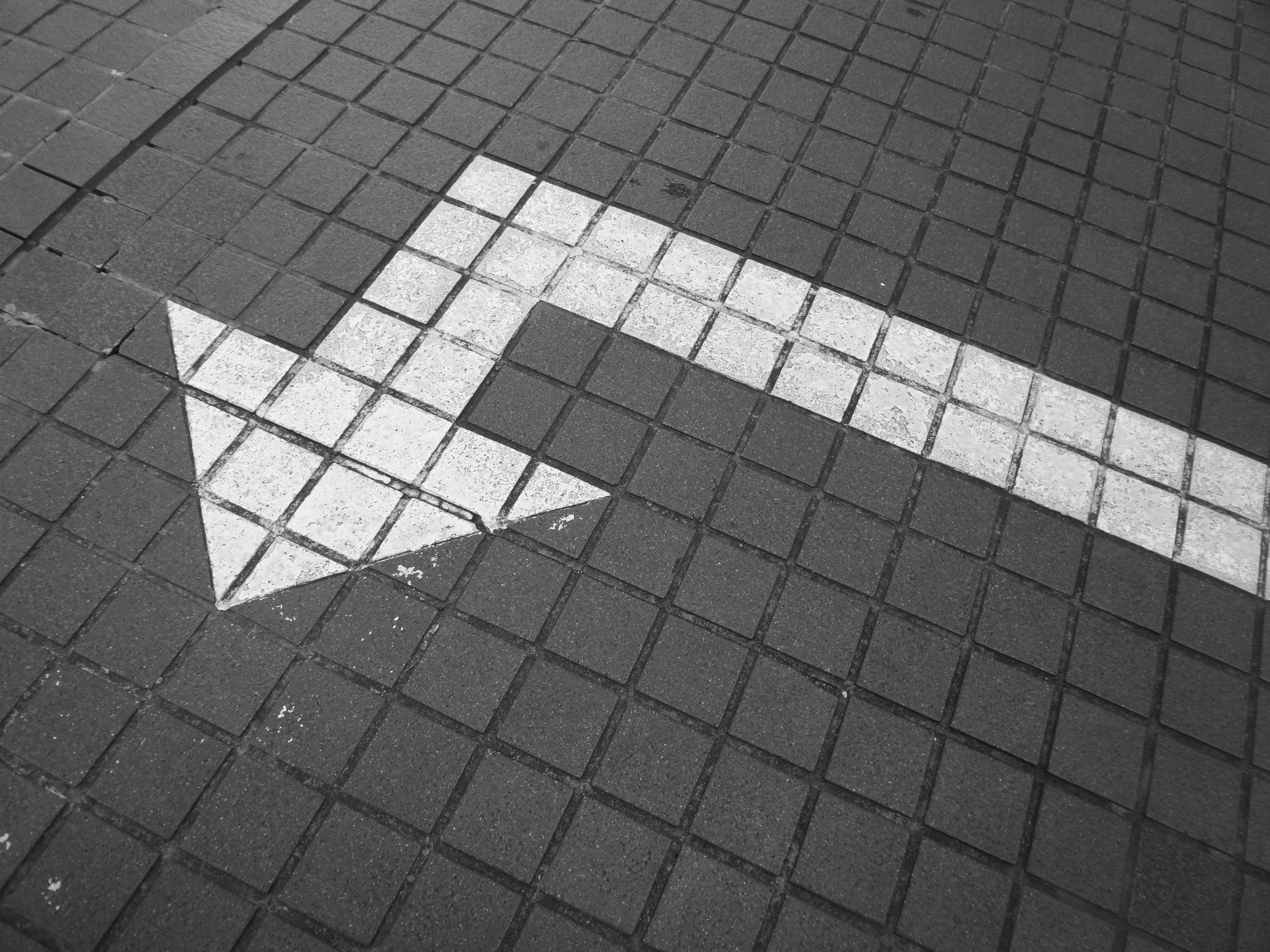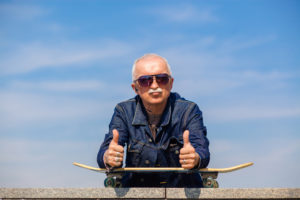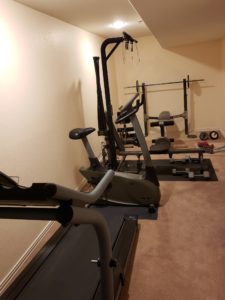So, You’re Over 60 and COVID Sucker-punched. Now What?
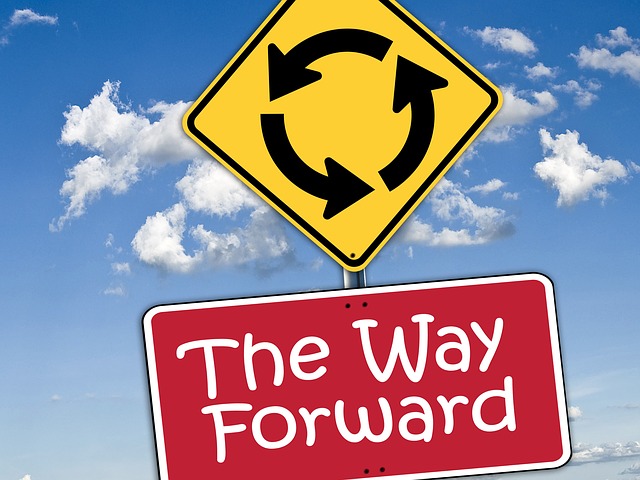
We’re alike right now, I’m guessing.
Lots of time to think. Thinking like we’ve never had to think before. Maybe even thinking about our thinking.
What now? What if? What’s next?
Can things possibly ever be the same again? (Can we say a collective “no” on that?)
There are some who say that this is just accelerating things that were already in motion and inevitable. Like changes in how we do healthcare and education, the two industries where costs have zoomed up while the quality has gone down and the two most in need of disruption.
Because it’s where my heart is, I think a lot about what happens now for those of us who are at or past mid-life point and still healthy. What is this final stretch run going to look like? What are we going to (have to) do differently?
We had enough uncertainty dealing with a possible longevity bonus of 20-30 years before this hit. Just as we were beginning to develop some roadmaps for this “third age”, the territory gets changed.
Financially, we weren’t going into this “post-career” phase in great shape to start with. Nine months ago Yahoo Finance claimed “64% of Americans Aren’t Prepared For Retirement — and 48% Don’t Care”. Forty-five percent had zero retirement savings.
But what about the more fortunate, the better planners?
Most have taken another nasty hit after a great run following the 2008 crash.
More folks are going to have to re-think retirement; many will be forced to make mid-life career pivots.
I dropped and shattered my crystal ball at birth, but this one isn’t too hard to predict.
Some jobs just aren’t going to come back. Some industries will be unalterably changed. Skillset requirements were already changing rapidly. This will accelerate that change and hasten the elimination of many that were just hanging on.
If you saw this coming and planned for it, go to the head of the line while the 99.999999% of us behind you sort this out and try to figure out “what’s next.”
How do you pivot at 60?
Maybe you are being forced into a pivot because your job isn’t coming back.
Or, maybe you see that you are unfortunately ensconced in an industry or business that won’t survive in the long term or will never have for you what it has had for you in the past.
Or maybe, this is a wakeup call that’s telling you it’s time to be “rethinking” your post-career plans and to plan on working longer.
Regardless of where you are, here’s a suggestion for three things to consider doing right now:
- Get in shape. Any kind of life-pivot at mid-life was tough enough before. It’s gonna be tougher now. You’ll need stamina. You’ll want to have a physical presence that says energy, vitality, zip. Ageism isn’t going away with this crisis. It will only intensify. Looking like you take your body and your health seriously says loads about you and can give you an edge. Make a renewed commitment to being the CEO of your health, take control, and transform your health if you allowed it to slip.

- Get your “paperwork” updated. By paperwork, I mean your resume and your online presence. If your last resume is still on floppy disk, don’t even think about using it. Call me. I had decided to add executive resume writing to my service offering a few months before COVID hit. It’s now looking like a smart decision. I’ve been dealing with resumes for 18 years as an executive recruiter so I know a good one from a bad one. There are very few good ones. I can help you turn it into the type of marketing document you, as a mid-lifer, need. Your online presence on LinkedIn needs to be A-grade as well. I do that also.
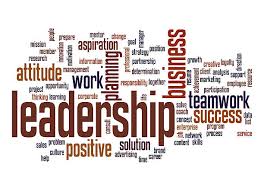
- Start networking your arse off. It’s important to know that less than 20% of jobs, at any age, are filled through job boards and applying to posted jobs online. Eighty percent are filled through referrals and networking. Chances are you are better networked than you realize but haven’t felt a need to massage that network. Now’s the time to resurrect it and reconnect with people you know and respect. Not to be asking for a job, but to find out what is happening in their lives and how you might be able to help. Remember, chances are they are in the same physical and mental boat you are and will appreciate having a chance to reconnect and exchange thoughts and ideas. Use your network to identify trends and to stay ahead of developments in and out of your area of expertise. Crazy and exciting things can come out of being an ongoing, active networker.
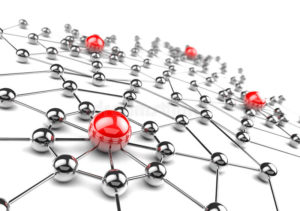
Do these things even if you are gainfully, securely positioned. Protecting your health speaks for itself. But, don’t get caught having to do catch up with your resume and networking. I see it a lot, especially in the healthcare space where I spend much of my time. It’s smart to have your resume professionally done and done in a form that enables you to update it with each change.
Networking is a big differentiator. Folks who end up in protracted career pivots have typically failed to build a network or to keep their existing network alive. Effective networkers make it a weekly objective to connect with people in their network or to connect and add someone new.
Meet Steven Pressfield
I just reread Steven Pressfield’s highly acclaimed book “The War of Art” for the third time. You might consider it if you are feeling overwhelmed with doubt and with worry taking the front seat. I needed his reminder that the “Resistance” we are feeling is powerless against our boundless imagination. The last page says this:
“Were you put on earth to be a painter, a scientist, an apostle of peace? In the end, the question can only be answered by action.
Do it or don’t do it.
It may help to think of it this way. If you were meant to cure cancer or write a symphony or crack cold fusion and you don’t do it, you not only hurt yourself, even destroy yourself. You hurt your children. You hurt me. You hurt the planet.
You shame the angels who watch over you and you spite the Almighty, who created you and only you with your unique gifts, for the sole purpose of nudging the human race one millimeter farther along its path back to God.
Creative work is not a selfish act or a bid for attention on the part of the actor. It’s a gift to the world and every being in it. Don’t cheat us of your contribution. Give us what you’ve got.”
Creativity doesn’t die at midlife. I’m thinking COVID is going to help us prove that.
Let me know your thoughts with a comment below. Also, I am making my resume service available to subscribed readers at a huge discount ongoing. If you are interested, email me at gary@makeagingwork.com to set up a free 15-30 minute consultation. Or call me directly at 720-344-7784
If you haven’t joined our growing list of readers, you can do so at www.makeagingwork.com. Sign up for my weekly blog there and receive my free e-book “Achieve Your Full-life Potential: Five Easy Steps to Living Longer, Healthier, and With More Purpose.”

